Question About Sick Citrus(es)
pitch113
14 years ago
Featured Answer
Sort by:Oldest
Comments (35)
pitch113
14 years agolast modified: 9 years agoaesir22
14 years agolast modified: 9 years agoRelated Discussions
Questions about Fertilizing And Ph..
Comments (19)Hi, Peter, I add organics to my yard/garden all the time :-) As far as the water bringing the acidic bark or peat into a favorable range... I don't think it would be enough, soon enough. Better, in my opinion, to include the Calcium and Magnesium (in the form of Lime) at the start, and then "neutralize" the water in the fertigating solution later (if needed). As for peat-based mixes, there's a whole host of reasons to avoid them, uneven wetting and drying sharing the top spot on the list with the fine particle size that compacts easily. As a result of the uneven wetting and drying and compaction, roots are often choked off or dry off when pockets of soil dry, compact, and shrink around the roots. When re-potting and attempting to remove old peat-based soil from a plant, the compaction of the mix leads to serious root-trauma/root-loss - even when the old mix has been softened with a warm bottom-watering/soaking. Peat-based soils are also difficult to properly flush, and this can cause excessive salt build-up during the Winter when heavy watering of peat leads to weeks of soggy potting mix. The final reason, in my opinion, to avoid peat-based mixes is the foul tea-colored effluent that flows out of the mix when watered. This effluent stains carpets, tables, decks, concrete, et cetera. I prefer a clean growing experience. Josh...See MoreA question for you veteran citrus growers in zones 8 and 9.
Comments (13)Ditto, here. All my citrus are beginning to flush early as well. I agree with bamboo, since you're already seeing flush, and there is not way to "shock it back", with the exception of a freeze, I would go ahead and fertilize. If you know you're going to have a freeze, haul out the mini-Christmas tree lights and a freeze protection blanket to protect them, especially anything that is in blossom. That's about all you can do. We're all bemoaning this. Not just my citrus! My Desert Delight nectarine tree is in FULL blossom. It's one of my earliest of my peach/nectarine/plum trees, but this is really about a month early. And, everything is right on it's heels. I will not be getting in a 3rd dormant spray this year, no way. Patty S....See MoreCitrus Tree with Very Yellow Leaves
Comments (1)Nathan, Your picture did not show up, and a photo (or series) could be very useful in diagnosing the exact problem....See MorePotted Citrus Question
Comments (16)Now, now need to think your stupid. Far from that. At least you are smart enough to ask for help and understand that your trees need a change:-0) It would tend to think that the perlite dries first since it holds barely any moisture, then the bark since its particles are much bigger than peat, then last of all peat, since it is very fine and holds lots of moisture. The culprit behind root rot with citrus is usually peat if too much in abundance in your mix. I try and make sure the peat fraction is at best minimal while the bark is the majority of my mixes along with perlite. If you plan on using your mix, a bagged one at that, I would make sure the bagged mix only occupies 1/4 of the space in your container mix, with perlite being the rest. Better yet, if you have access to pine bark fines, then 5 parts of that, one part of perlite, and one part of that bagged mix, if any at all. Usually pine fines, decomposed that is, have enough smaller particles to hold moisture in which peat can be left out. Now, knowing your circumstances about having to be away for periods of time, I would seriously consider using a mix that you could wick from the bottom to hold you at bay if you plan on using a much better mix that dries out more rapidly. If you need further suggestions, feel free to ask;-) Have a great day Ohio! Mike...See Morerhizo_1 (North AL) zone 7
14 years agolast modified: 9 years agomeyermike_1micha
14 years agolast modified: 9 years agoaesir22
14 years agolast modified: 9 years agoSilica
14 years agolast modified: 9 years agojean001
14 years agolast modified: 9 years agoaesir22
14 years agolast modified: 9 years agopitch113
14 years agolast modified: 9 years agoSilica
14 years agolast modified: 9 years agojean001
14 years agolast modified: 9 years agorhizo_1 (North AL) zone 7
14 years agolast modified: 9 years agotantanman
14 years agolast modified: 9 years agosilica
14 years agolast modified: 9 years agojakkom
14 years agolast modified: 9 years agoSilica
14 years agolast modified: 9 years agotantanman
14 years agolast modified: 9 years agotantanman
14 years agolast modified: 9 years agopitch113
14 years agolast modified: 9 years agopitch113
14 years agolast modified: 9 years agomeyermike_1micha
14 years agolast modified: 9 years agorhizo_1 (North AL) zone 7
14 years agolast modified: 9 years agoAndrew Scott
14 years agolast modified: 9 years agotantanman
14 years agolast modified: 9 years agomeyermike_1micha
14 years agolast modified: 9 years agorhizo_1 (North AL) zone 7
14 years agolast modified: 9 years agotantanman
14 years agolast modified: 9 years agomeyermike_1micha
14 years agolast modified: 9 years agocebury
14 years agolast modified: 9 years agocebury
14 years agolast modified: 9 years agopitch113
13 years agolast modified: 9 years agontflynn
13 years agolast modified: 9 years agomaralyn45
13 years agolast modified: 9 years agogreenman28 NorCal 7b/8a
13 years agolast modified: 9 years ago
Related Stories

EDIBLE GARDENSHow to Grow Your Own Peaches and Nectarines
Make gardening a little sweeter with these juicy fruits, which you can eat after plucking or preserve for later
Full Story
DECORATING GUIDESColor Guide: How to Work With Charcoal Gray
The most modern neutral, charcoal gray looks great in dining rooms, living rooms and even nurseries. Here's how to use it best
Full Story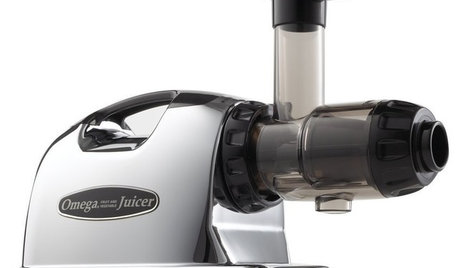
PRODUCT PICKSGuest Picks: Get Juicing
Stay hydrated and healthy with these tools and accessories for juicing fruits and vegetables right at home
Full Story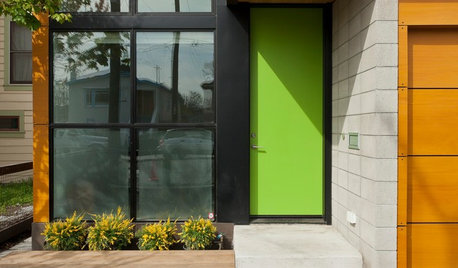
CURB APPEAL9 Daring Colors for Your Front Door
Stand out from the neighbors with a touch of neon green or a punch of hot pink
Full Story
FUN HOUZZDon’t Be a Stickybeak — and Other Home-Related Lingo From Abroad
Need to hire a contractor or buy a certain piece of furniture in the U.K. or Australia? Keep this guide at hand
Full Story
DECORATING GUIDESDecorating 101: How to Start a Decorating Project
Before you grab that first paint chip, figure out your needs, your decorating style and what to get rid of
Full Story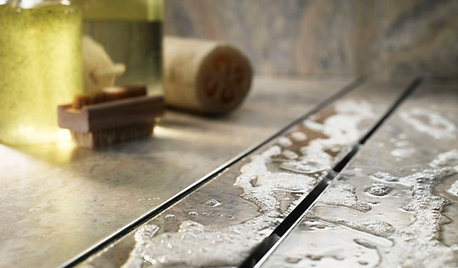
HOUSEKEEPING12 Cleaning Projects That Go a Little Deeper — Naturally
Eucalyptus oil for germy door handles. Baking soda for oven grime. Here are nontoxic solutions for often-overlooked cleaning jobs
Full Story
DREAM SPACESIf You Could Choose One Dream Space ...
Yoga room, wine cellar, infinity pool or tricked-out garage — which of these luxurious rooms would be at the top of your list?
Full Story
KITCHEN DESIGNKitchen of the Week: Orange Splashes Add Personality in Kansas
Bursts of color and a better layout make cookie baking and everything else more fun for a Midwestern family
Full Story
HOUSEPLANTS8 Essentials for Healthy Indoor Plants
Houseplants add so much to our homes — and can thrive when grown in the right conditions. Keep these tips in mind
Full Story


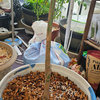

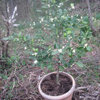
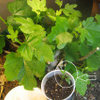
tantanman